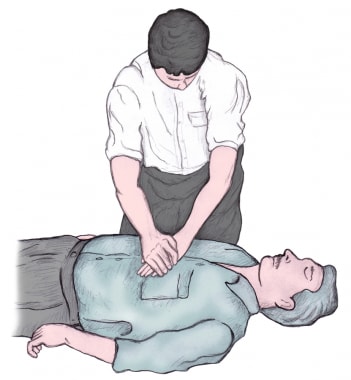Unique Tradition Chinese Medical Science
Traditional Chinese medicine is a systematic science which is particularly concerned with wholeness and carries a unique theory. Its theoretic system was largely formed in the Spring and Autumn Period and the Warring States Period and was constantly developed and improved afterwards. It is not only a precious piece of legacy in the history of Chinese culture but has made enormous contributions to the development of world of medicine.
Traditional Chinese medicine views the human body as a part of nature as a whole. In treatment, it not only takes into account the human body itself but pays much attention to the relations of diseases to the patient's psychology and living habits and to the outside environment, especially to climatic changes and then carries out all-round analysis and treatment in reference to the causes and symptoms of the diseases of the patient.
The Canon of Medicine of the Yellow Emperor which occurred in the Warring States Period, is the earliest extant medical experience in and before the Spring and Autumn and the Warring State periods (770-221 BC), laying a theoretical foundation for traditional Chinese medical science. The Febrile and other Diseases which was written by Zhang Zhongjing, a renowned doctor of the Eastern Han Dynasty, is one of the most influential works in the history of traditional Chinese medicine. Hua Tuo, a reputed doctor of the Eastern Han Dynasty was the first in world to use anesthetic (Mafeisan) in surgery and was called the 'founder of surgery'
THE TRADITIONAL DIAGNOSING METHODS OF CHINESE MEDICINE

1. Observation
- To observe the appearance of the patient
- Example : His countenance and the sign of his vigor or lack of vigor
2. Auscultation and olfaction
- Listening to the sounds and smells let out by the patient
3. Interrogation
- To enquire about the course of disease and the status quo of the patient
4. Pulse feeling and palpation
- Involve inspection of the patient's pulse
- Bian Que, a famous doctor of the Warring States Period who is reputed to be the 'founder of Chinese medicine' was especially good at it
- The application of pulse feeling and palpation indicates that the physicians of ancient China had grasped the relationships between pulse and each part of human body.
TRADITIONAL CHINESE MEDICINE
Traditional Chinese medicine mainly come from plants, animals and minerals. These medicines not only enrich the world medical system, but are widely used in the field of regimen and cosmetology. There were many monographs about medicines and prescriptions in ancient China. For example, the Essential Formulas for Emergencies [Worth] a thousand Pieces of Gold compiled by Sun Simiao of the Tang Dynasty collects more than 6500 prescriptions and has been praised as an 'encyclopedia of clinical medicine' and the Compendium of Materia Medica written by Li Shizhen of the Ming Dynasty (1368-1644 AD) includes 1892 medicines, 1109 illustrations and 11096 prescriptions, quite deserving to be called a complete collection of medicines in the ancient world.
 |
| Chinese Traditional Medicine |

No comments:
Post a Comment